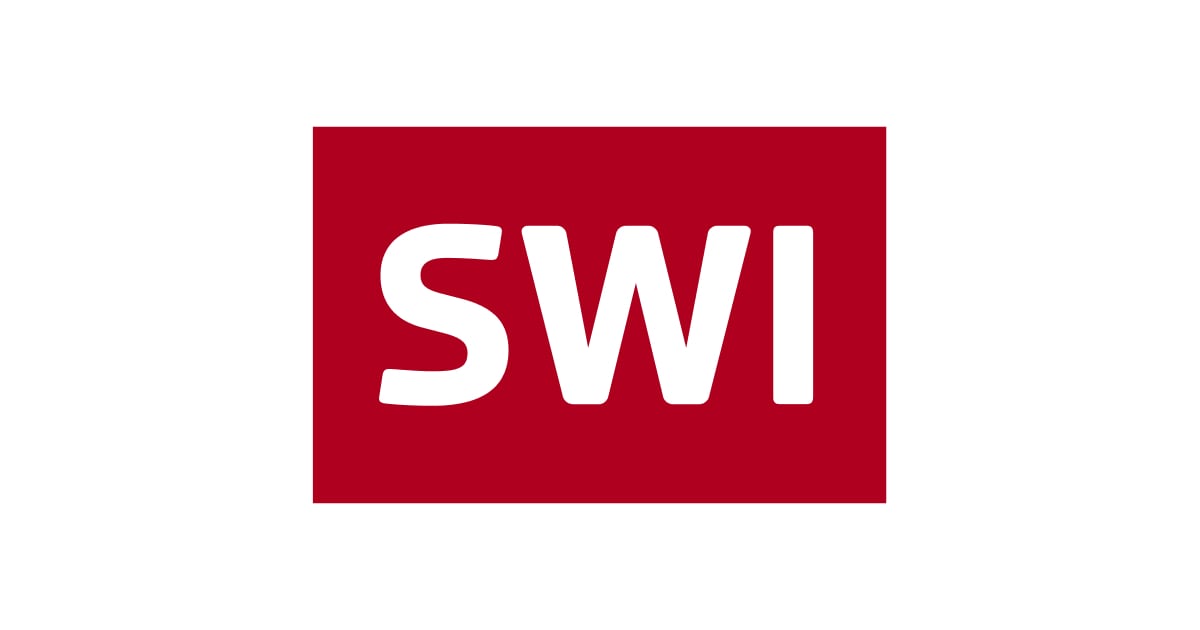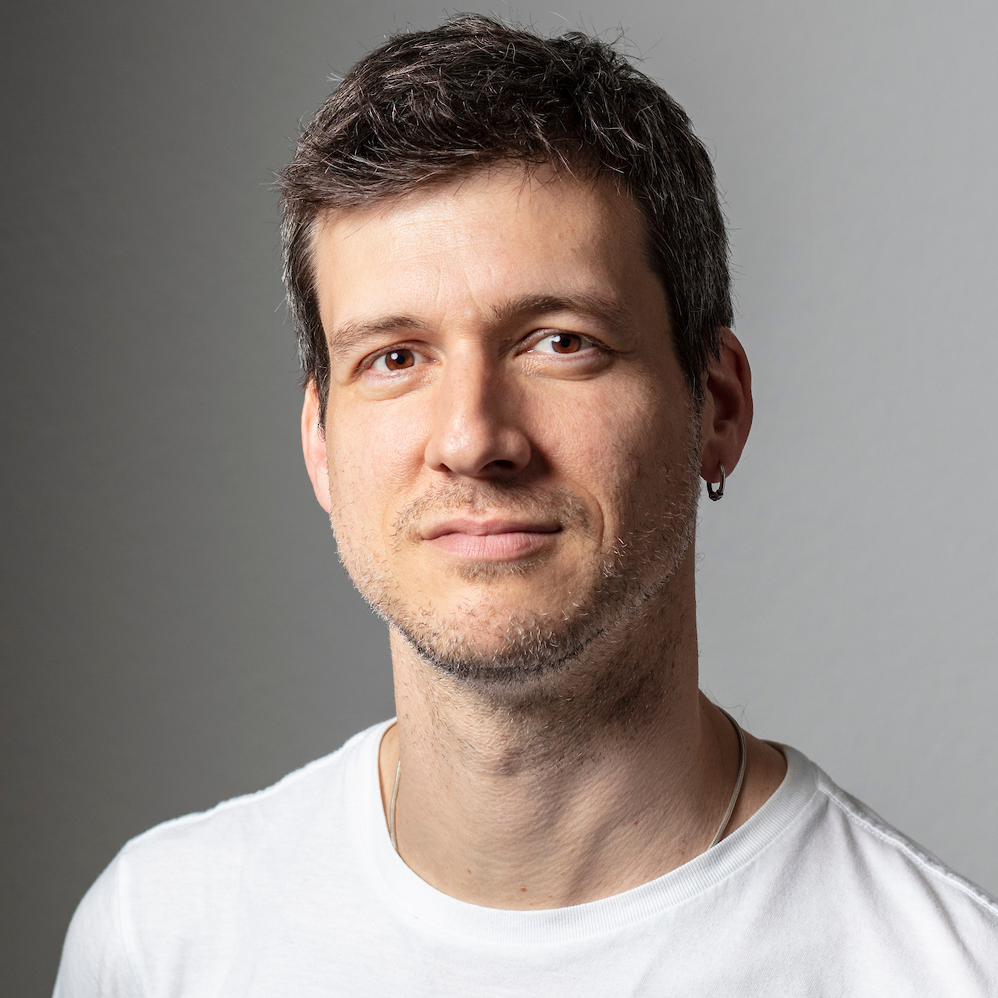
Fresh faces, old formula: Swiss government gets new ministers
Switzerland got two new cabinet members on Wednesday. How does the seven-member government work, and what is the ‘magic formula’ that determines who gets to be in it?
Swiss parliamentarians gathered in Bern this morning to choose two new members of the country’s consensus ‘Federal Council’. On January 1, 2023, outgoing ministers Ueli Maurer and Simonetta Sommaruga will be replaced by the Swiss People’s Party’s Albert Rösti and the Social Democratic Party’s Elisabeth Baume-Schneider – the latter is the first ever minister from the western canton of Jura.
The complex process of arriving at new ministerial positions is based on Switzerland’s tradition of consensus democracy, which is in turn founded on the belief that decisions are only lasting if they are supported as widely as possible. As the video above explains, this means all major political groups are represented – although it took some years after the founding of modern Switzerland in 1848 for power to be shared beyond one party.
A second party wasn’t represented in government until 1891. It would take another 50 years before another two were given seats. In 1959, these four largest parties agreed that places should from then on be distributed according to a ratio reflecting the makeup of parliament. For many years, the setup remained the same, until a 2003 shake-up after the People’s Party, who had just one cabinet seat, became the largest party in parliament.
More recently, the Greens – who made big gains in the 2019 elections – have also been knocking on the door demanding a seat to reflect their new political weight. The next round of parliamentary elections, in Autumn 2023, could see further debates about revising the formula.
PLACEHOLDER





























You can find an overview of ongoing debates with our journalists here . Please join us!
If you want to start a conversation about a topic raised in this article or want to report factual errors, email us at english@swissinfo.ch.